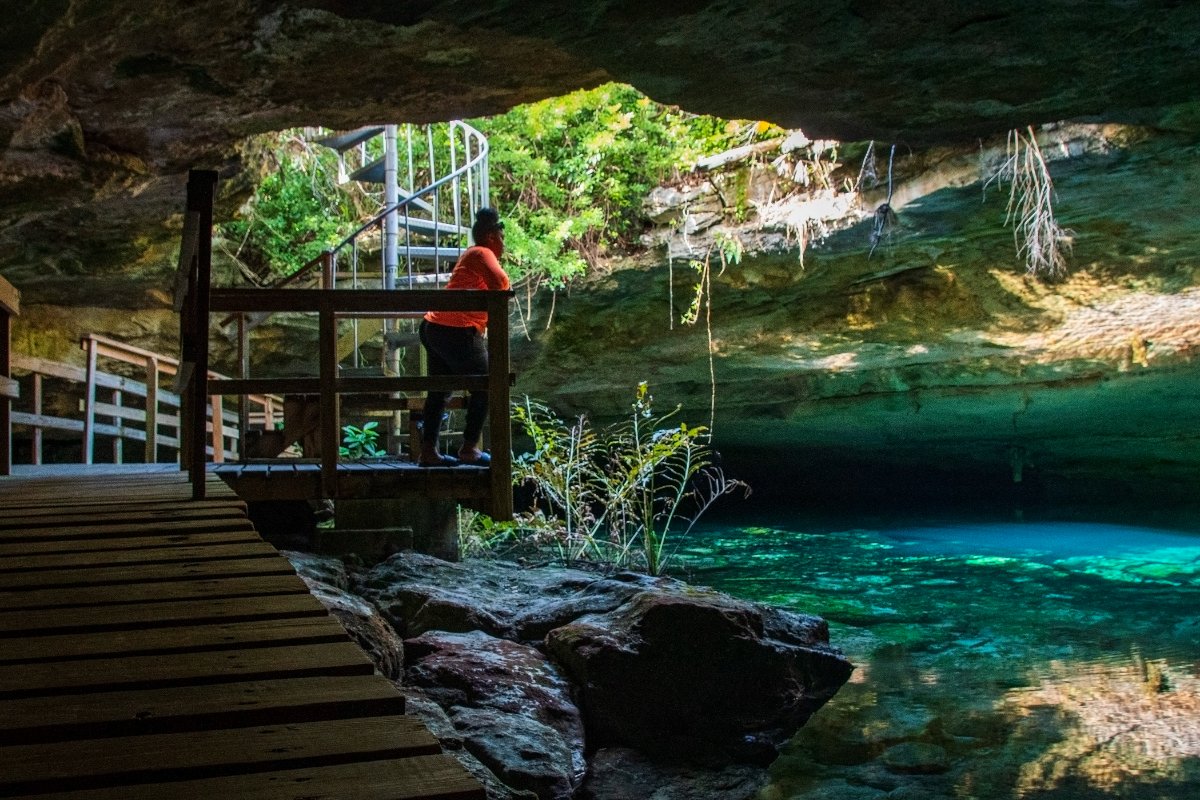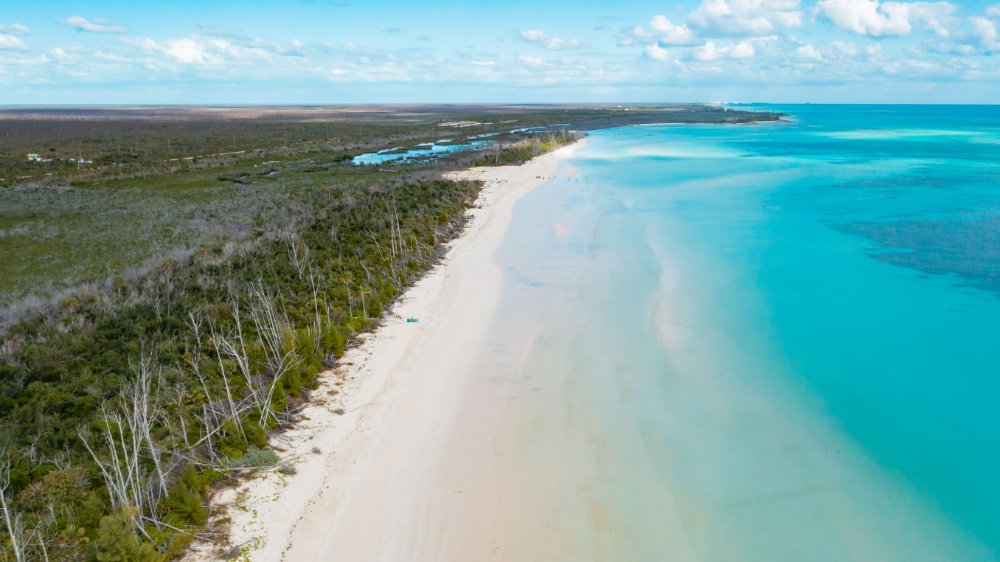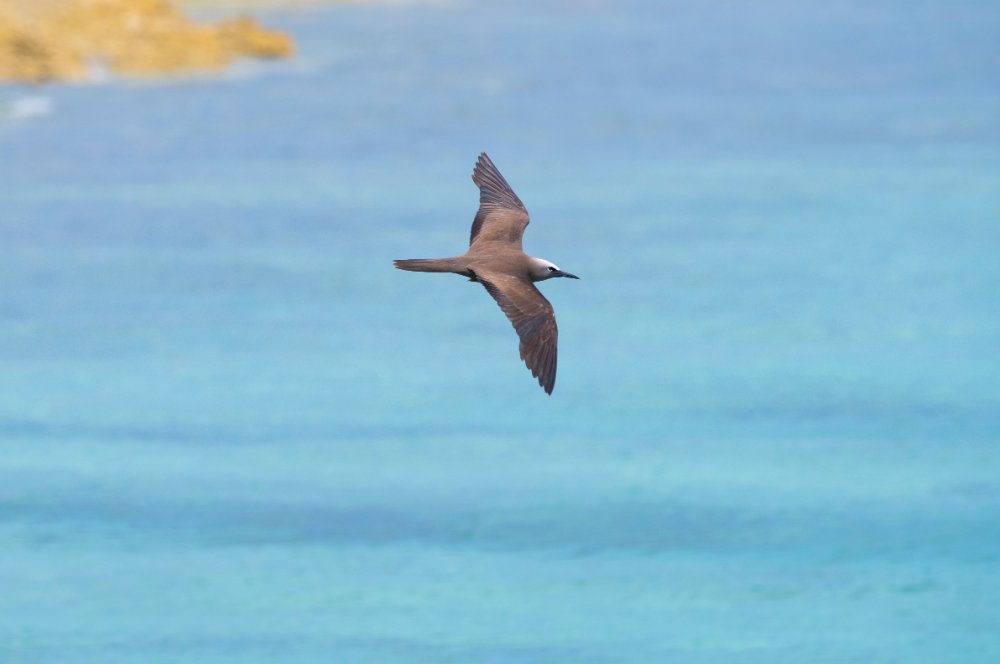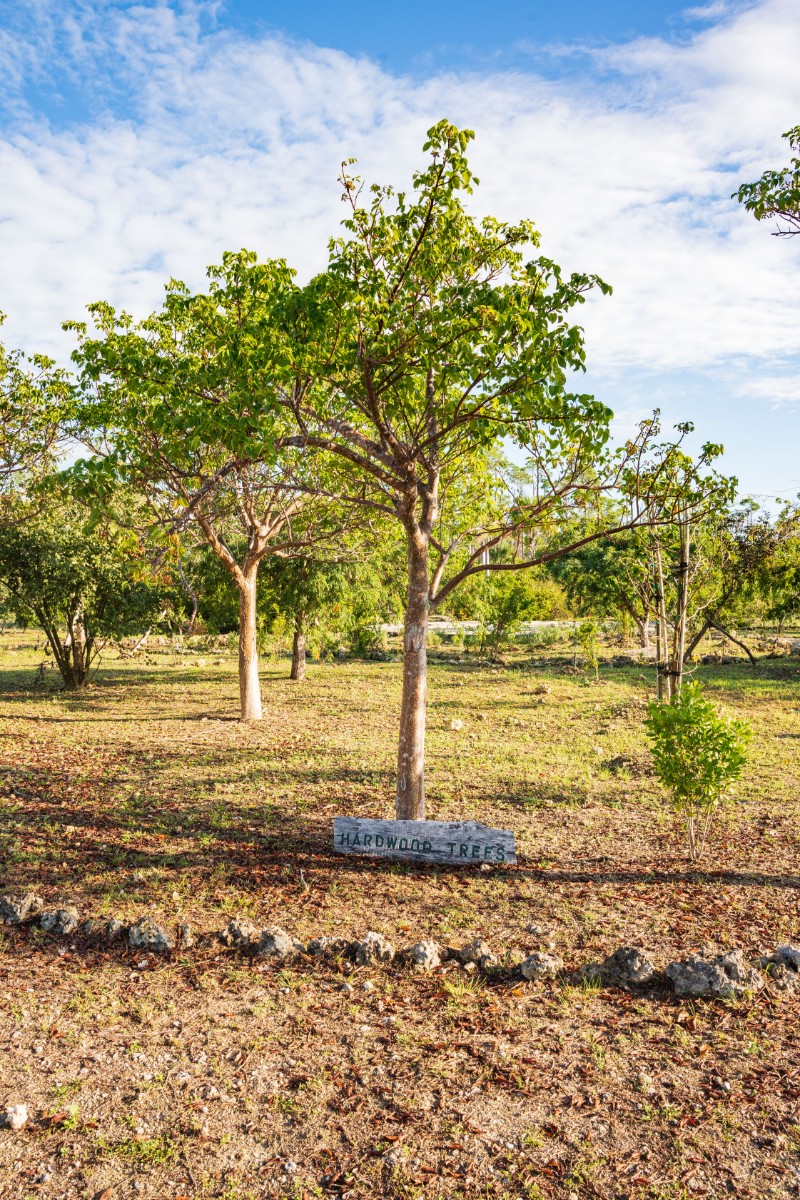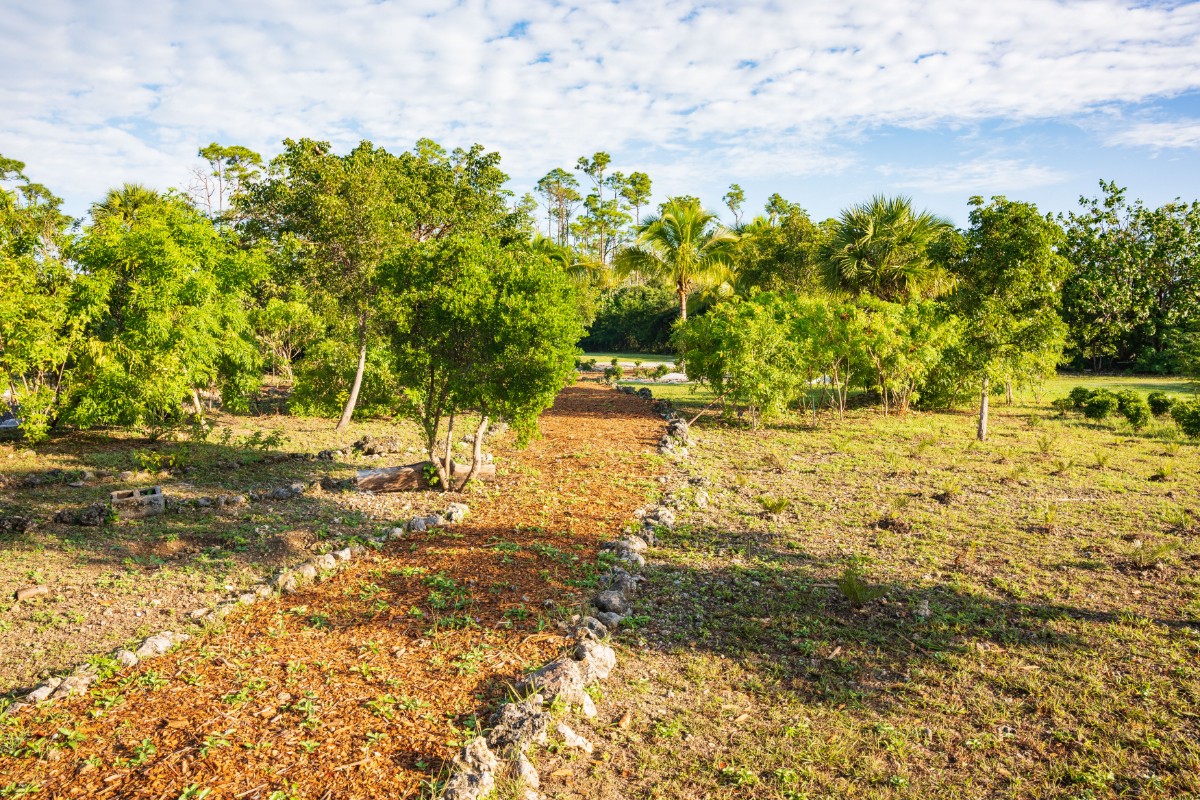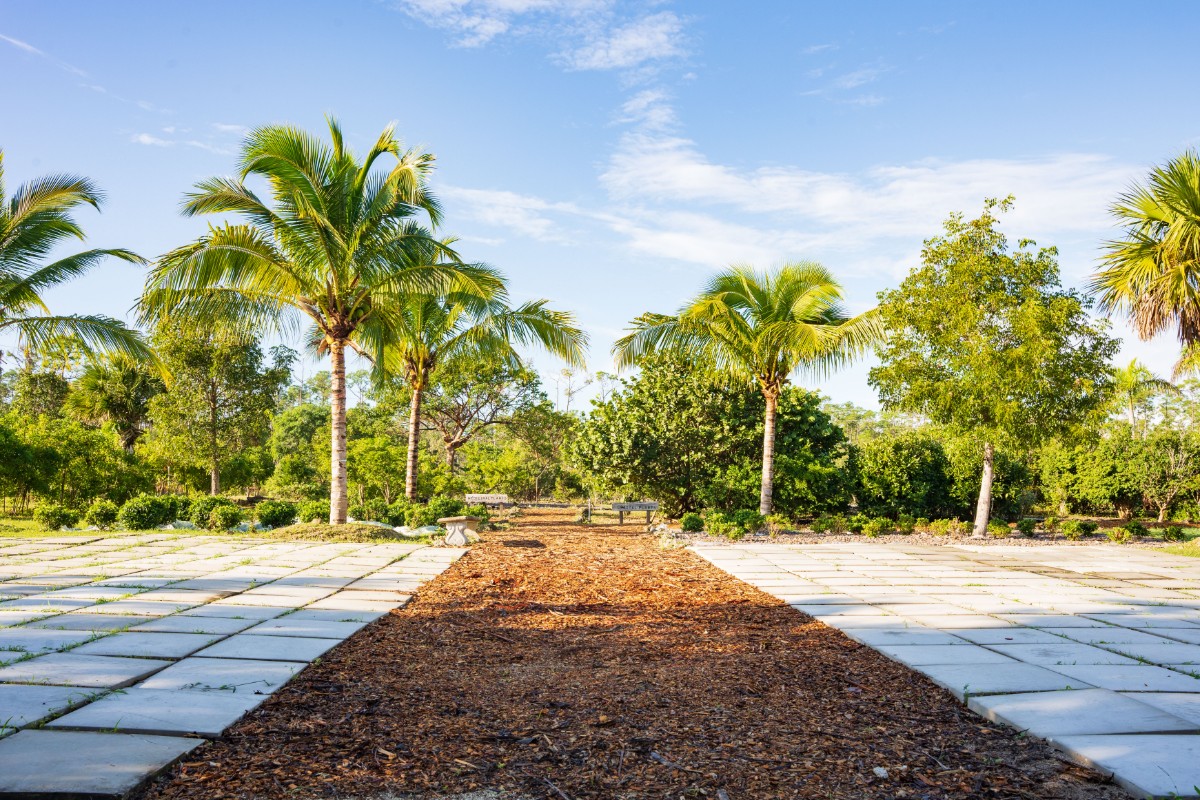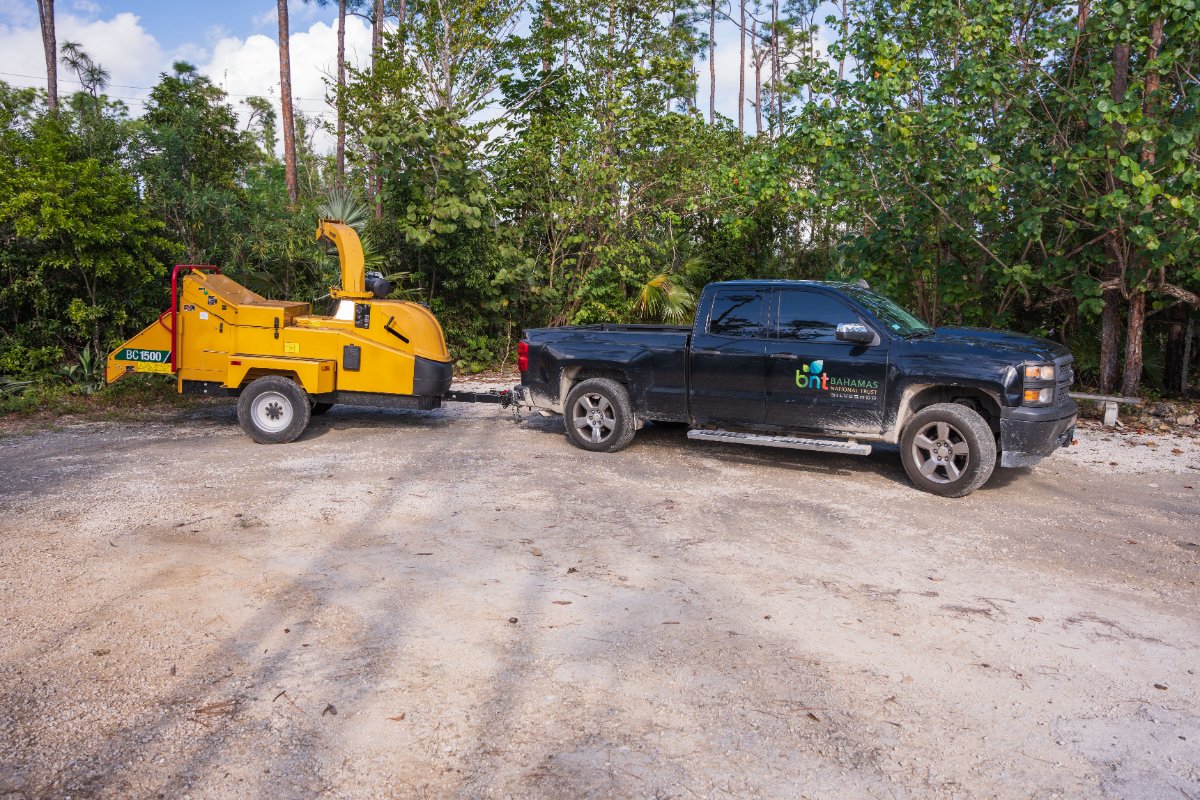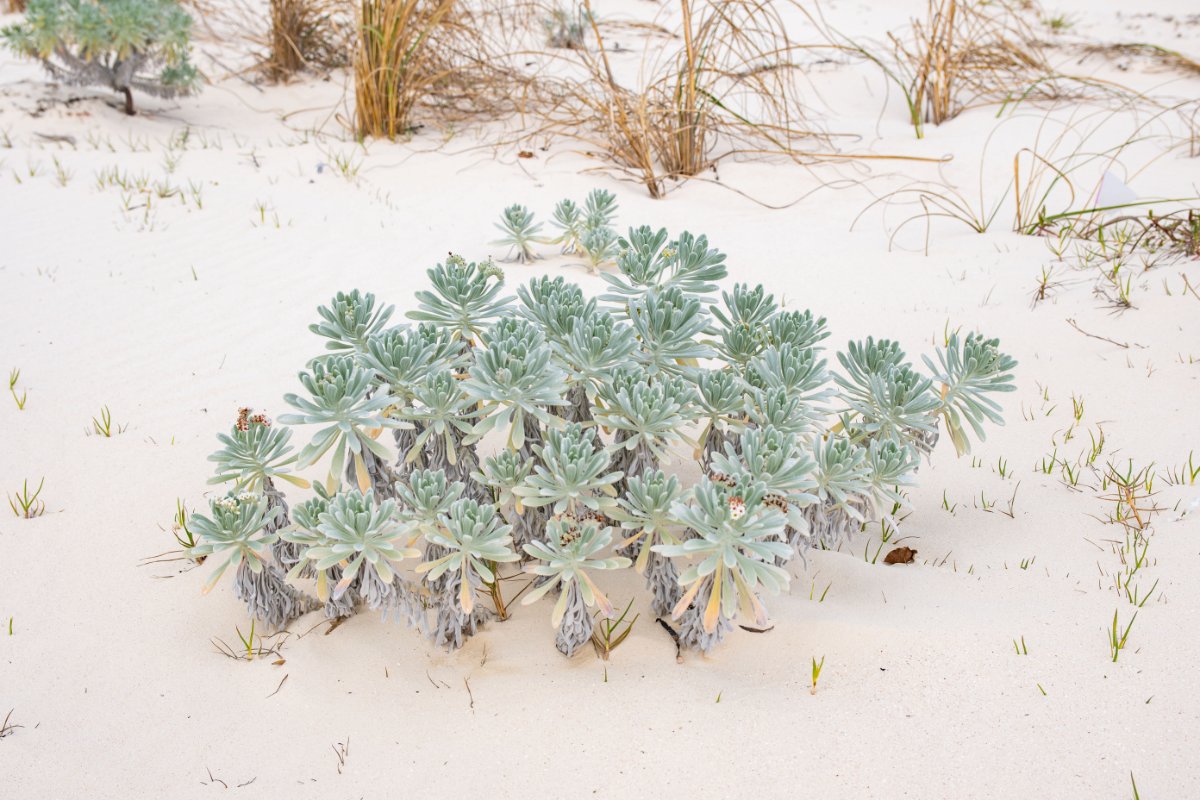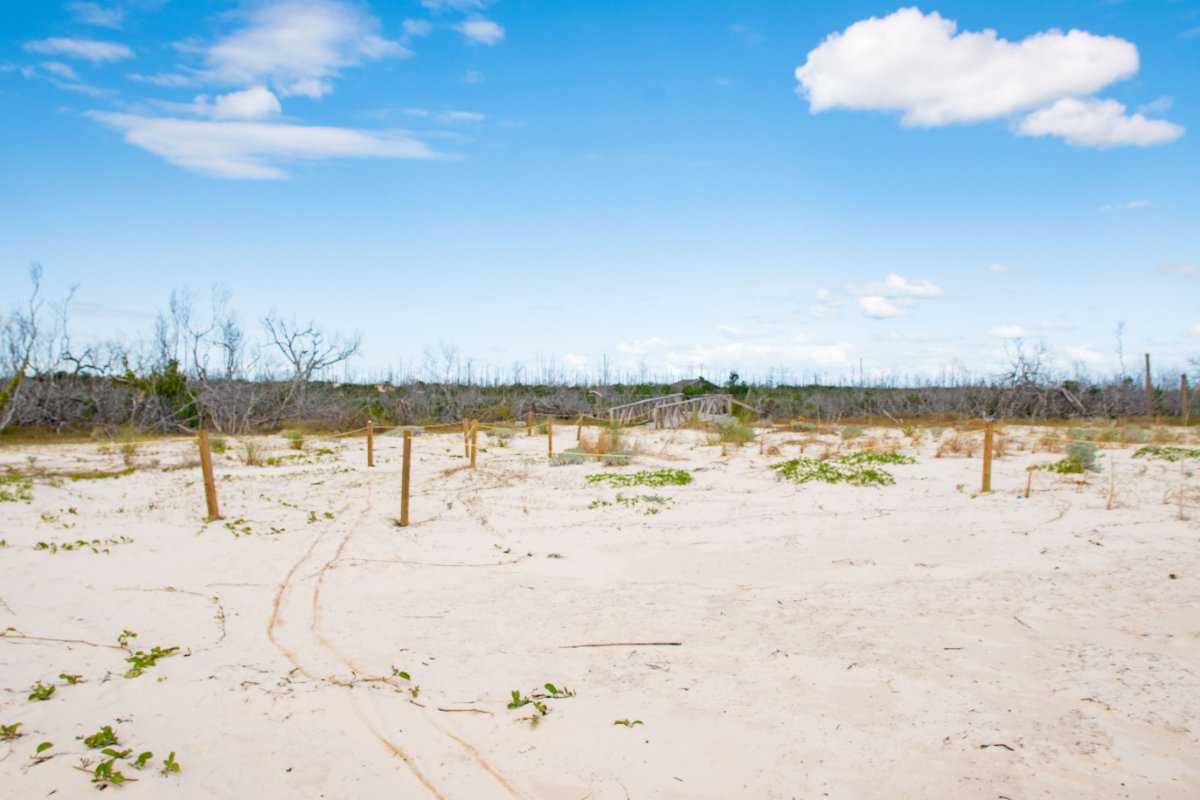Restoring Grand Bahama’s National Parks with Help from The Bahamas Protected Areas Fund
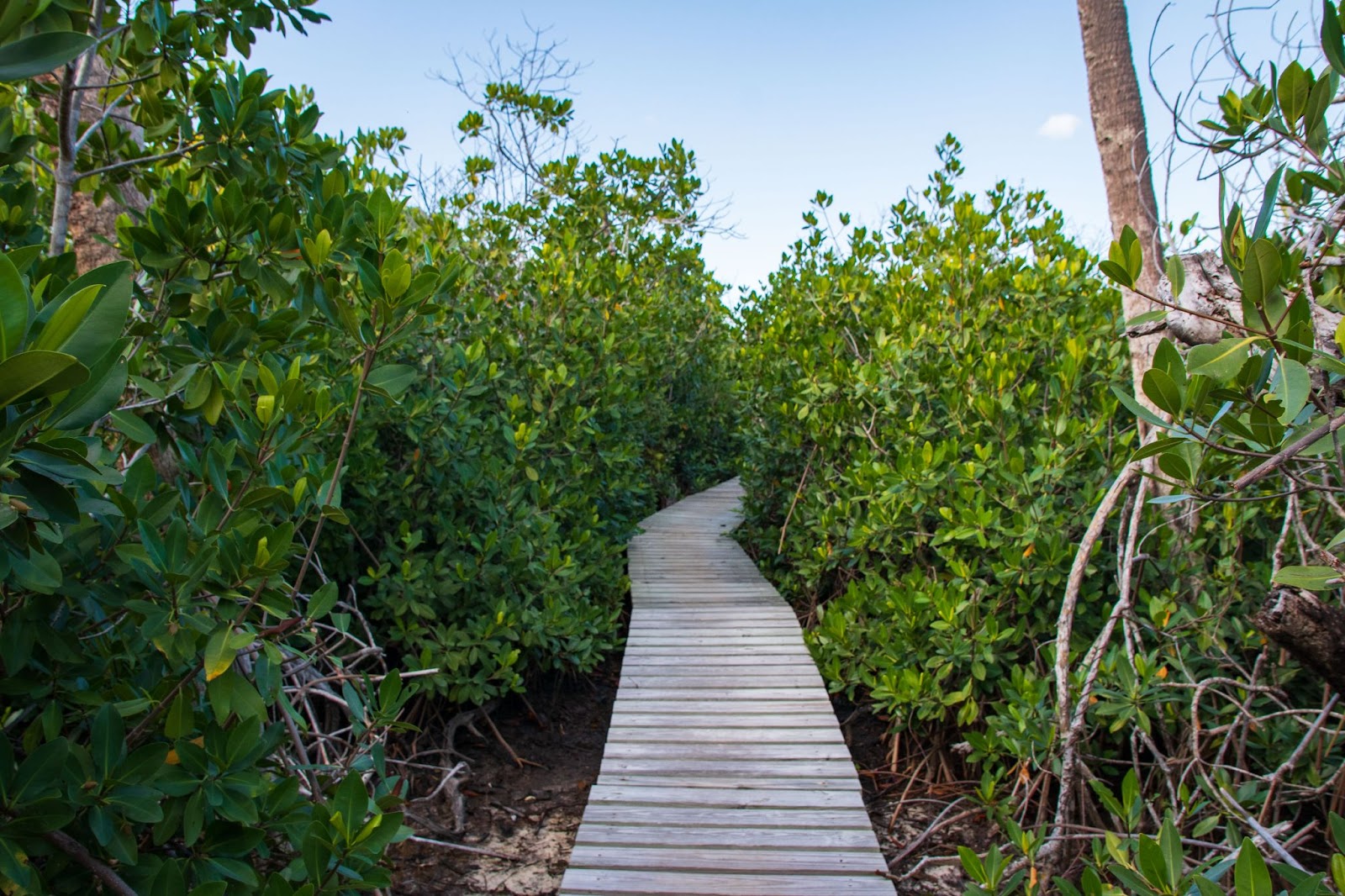
By: Leah Carr
March 22nd, 2023 – Nassau, Bahamas
Grand Bahama has often been regarded as the “second capital” of The Bahamas. Known for its abundance of land, ports, and proximity to Florida, the island at one point brewed plentiful economic benefits for its inhabitants. But perhaps the most prosperous treasure on the shores of Grand Bahama – both currently and in the past – lies in the form of its natural environment. It is, after all, home to three of the 32 national parks in the national park system of The Bahamas. These are the Rand Nature Centre (RNC), Lucayan National Park (LNP), and Peterson Cay National Park. Every year, thousands of visitors and residents alike explore these special areas and take in the wonder that is Grand Bahama: an island full of history, adventure, and beauty.
All three national parks are major eco-tourism attractions that heavily support the island’s economy. The Rand Nature Centre protects 100 acres of terrestrial beauty in the heart of Freeport, and is home to a museum and art gallery. It also serves as the headquarters for The Bahamas National Trust’s (BNT) operations in Grand Bahama. The Lucayan National Park is the second most visited park in The Bahamas’ park system – right after the Exuma Cays Land and Sea Park (ECLSP). It protects underwater caves, preserved remains of the Lucayan Indians, and a prime combination of natural environments and the world-famous Gold Rock Beach. These parks provide immeasurable value for both humans and the environment itself.
The Rand Nature Centre and Lucayan National Park were negatively impacted by Hurricane Dorian in 2019. Both parks sustained damage to infrastructure and their natural environments.
With support from The Bahamas Protected Areas Fund (BPAF), the BNT is undertaking several restoration and recovery efforts in both parks, with hopes of restoring and enhancing park experiences for park visitors and conserving biodiversity.
Rand Nature Centre

One of the main restoration projects at the RNC is the Native Plant Arboretum, which was initially started in 2011 but whose progress was derailed by Hurricane Dorian.
“When it comes to learning about nature, the environment, national parks and the work of the BNT – the RNC is the place to come to,” said Ellsworth Weir, BNT Acting Director of Parks. “The goal for the Native Plant Arboretum is to serve as an outdoor classroom where people will come and learn about plants. It’s been set up to showcase Bahamian plants and wildlife in various sections. There’s a medicinal section, a coastal section, a palms section, a fruit section, a hardwood and boat-building section, and a general coppice section. The next step is to install interpretive signage that will speak to all the features you find within.
“During Dorian we had unprecedented flooding throughout the RNC park, the building, and all of the vegetation. We had to gut the building, change all the electrical components, and we’re still working on getting the trails back in order. The Watchable Wildlife Pond overflowed, and then the arboretum at that time was basically destroyed, so we had to start again from scratch.
“We started working on this arboretum around 2011. After Dorian’s impact, BPAF stepped in and provided funding to purchase plants, ground cover, interpretive signage, and pay for the labor to have the plants installed and have the area initially maintained. They’ve been really helpful in finally getting us to the place where we’re now ready to actually showcase this area to the public.”
Another restorative project happening at the RNC is natural infrastructure improvement, beginning with trails.
“BPAF has enabled us to purchase a wood chipper or mulching machine. Since Dorian, because we’ve had so much fallen casuarina – which is Australian Pine and considered invasive here in The Bahamas – what we try to do is take that casuarina and mulch it and use that on the trails,” Ellsworth explained. “This is important for a park like the Rand Nature Centre because we have over 4,000 feet of trails that visitors have to walk, and the mulch will allow that walk to be that much smoother. It serves an aesthetic purpose as well. The casuarina has a small acidic component within it that stops the growth of weeds, so it helps with the maintenance of the park. At some point we’re going to use it to mulch all of the trails at the RNC, inclusive of the arboretum.”
Before the addition of the mulching machine to park inventory, Ellsworth lamented that sometimes it was trial and error when it came to maintaining trails – a frustrating process that at times would see staff have to redo trails manually when storms like Dorian and other natural processes occurred.
“Having this machine helps also in terms of vegetation clearing and debris removal. In the past we’d have to call someone in and pay them to remove debris and take it somewhere. Now we’re capable of mulching debris on our own and then can actually benefit from using that mulch on the trail. It’s a win-win for us.”
At the RNC, BPAF’s funding has also supported the construction of permanent plots to monitor changes in vegetation over time; the construction of a lath house, which will allow park operators to propagate and grow plants to be out-planted in areas heavily affected by Dorian; and seed collection for the creation of a nursery that goes hand-in-hand with the construction of the lath house.
“The future seems bright – barring any other major storms, we should be in pretty good shape moving forward,” Ellsworth said of the park.
Lucayan National Park
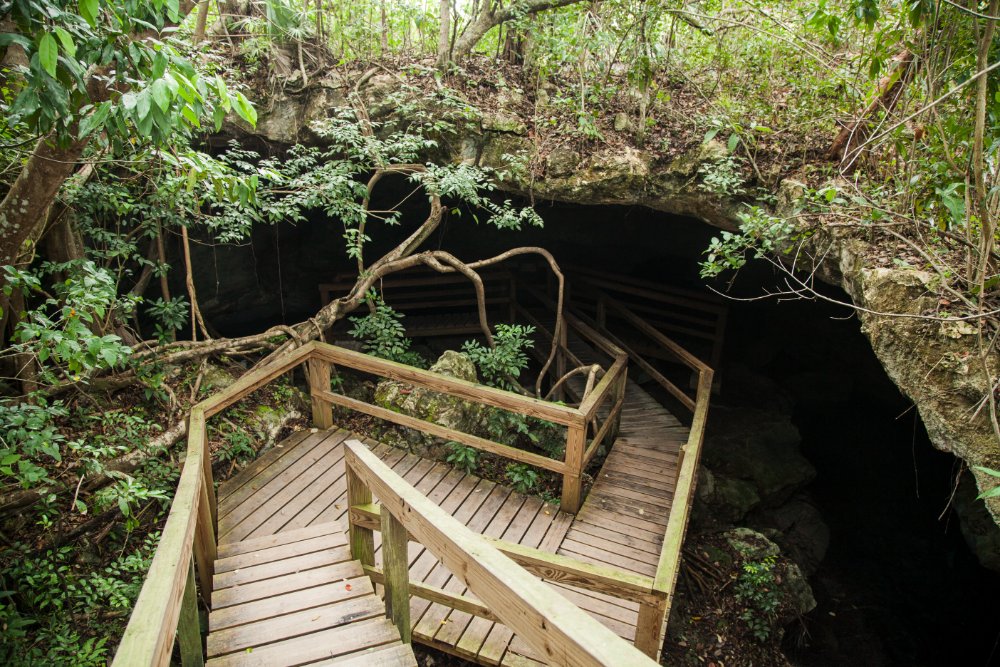
At the Lucayan National Park, restoration efforts have focused on Gold Rock Beach, which was heavily impacted by the storm.
“At one point we thought the beach was gone forever,” Ellsworth shared. “We were trying to come up with plans on how to bring the sand back, but mother nature has a way of fixing herself. Over the last two, going on three years, we’ve seen that beach come back. We’re trying to help it along by planting native vegetation that can help stabilize the sand dune.”
In addition to the planting of native vegetation, invasive species removal is an important part of this restoration process. The Acting Director of Parks said BPAF’s support has allowed the team to purchase an ATV that will make this process easier.
“The ATV will assist us in being able to access Gold Rock Beach and help haul some of the casuarina debris, which otherwise would’ve had to be removed by hand.”
With BPAF’s support, Ellsworth said park operations have slowly bounced back over the past two to three years at both the RNC and LNP. By executing these restorative and advancement projects, the hope is to accommodate visitors in large numbers as they did pre-Dorian, and be able to better showcase these national parks as the natural jewels they are.
“BPAF has been instrumental in kickstarting our recovery from Dorian. We’re trying to improve the infrastructure so it’s actually better than it was before.”
The BNT Parks team has come a long way since Dorian in restoring the natural jewels of Grand Bahama. But there’s still a lot of work they hope to achieve in order to expand the experiences and benefits these parks provide to the community and visitors.
“Phase Two included the installation of the arboretum and other work done thus far under the projects funded by BPAF,” Ellsworth said. “But we do have a Phase Three we’d like to embark on, and I’m hoping we’ll be able to move forward with some of those projects with BPAF’s support.
“We’re so thankful to BPAF for having the faith in us to do what we said we would do with their funding. Hopefully our success with these projects can lead to us receiving even further support. Even with grant funding, in many cases we still need help from other organizations, so we’re thankful for everyone that’s supported us throughout these projects. I think everyone can see what it is we’re trying to achieve, and you can see the progress that’s been made, so we encourage you all to continue with us, and we will achieve our goals together.”

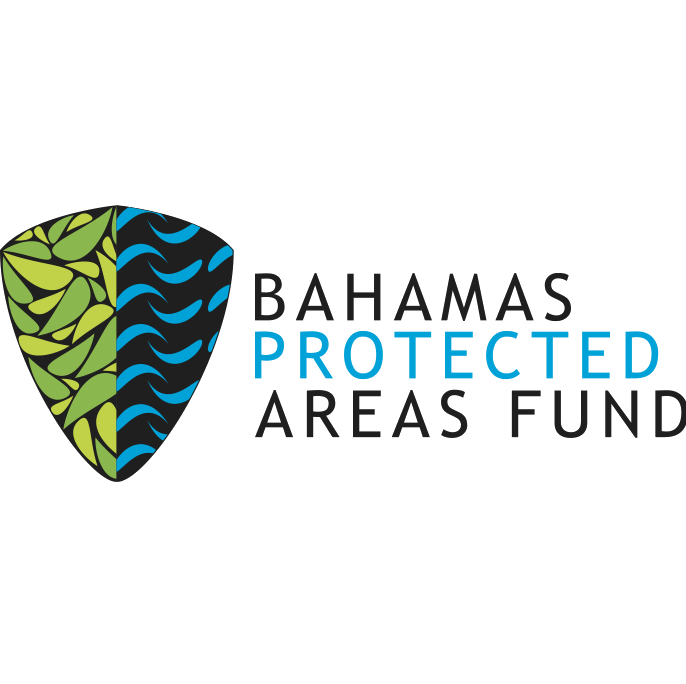
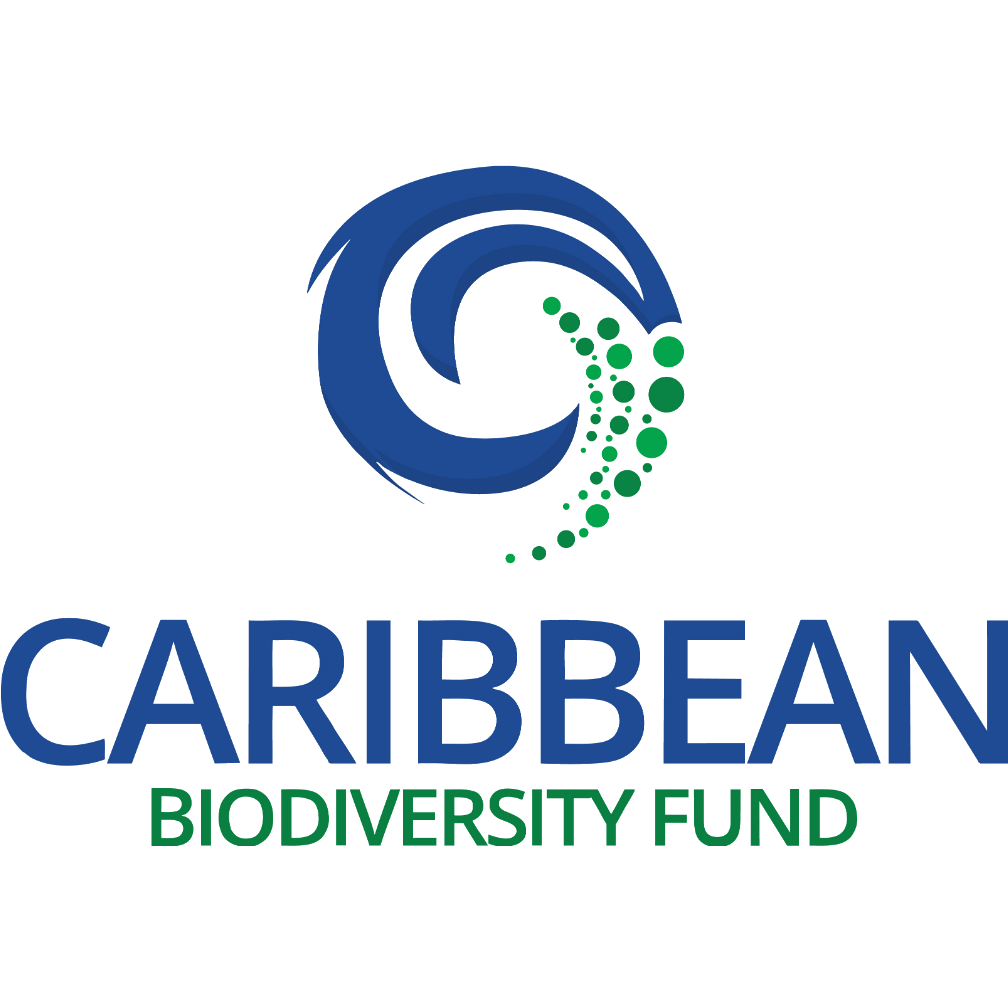
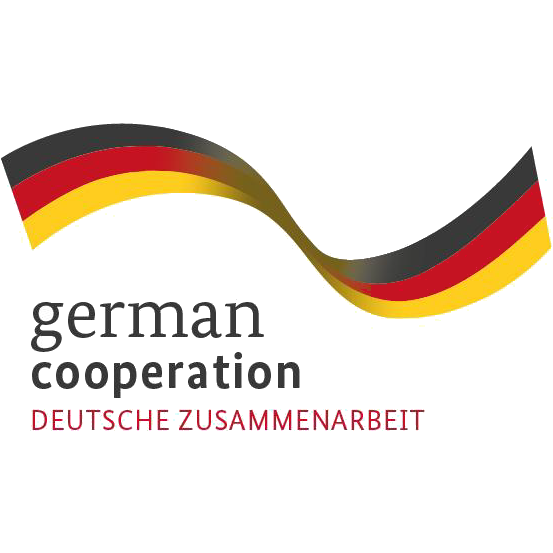

These restoration projects are supported by the Bahamas Protected Areas Fund, Caribbean Biodiversity Fund, and the German Federal Ministry for Economic Cooperation and Development through KfW.
Leah Carr is the Communications Officer at the BNT
Ellsworth Weir is the Director of Parks (Acting) at the BNT
